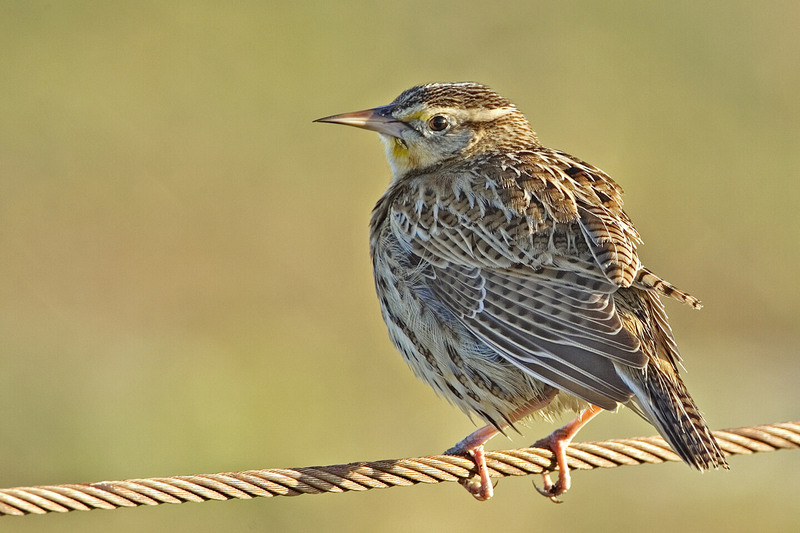|
| Query: Black back | Result: 1058th of 1142 | |
Meadowlark (Family: Icteridae, Genus: Sturnella) - wiki
| Subject: | Meadowlark (Family: Icteridae, Genus: Sturnella) - wiki
| |

| Resolution: 1440x960
File Size: 317461 Bytes
Upload Date: 2007:08:27 23:01:05
|
Meadowlark
From Wikipedia, the free encyclopedia
[Photo] Eastern Meadowlark, Sturnella magna. Eastern Meadowlark (Juvenile), Rockport Beach Park, Rockport, Texas. Author Alan D. Wilson, www.naturespicsonline.com
Meadowlarks are birds belonging to the genus Sturnella in the New World family Icteridae.
This genus includes seven species of largely insectivorous grassland birds. In all species the male at least has a black or brown back and extensively red or yellow underparts.
The genus Sturnella comprises:
Red-breasted Blackbird, Sturnella militaris
White-browed Blackbird, Sturnella superciliaris
Peruvian Meadowlark, Sturnella bellicosa
Pampas Meadowlark, Sturnella defillippi
Long-tailed Meadowlark, Sturnella loyca
Eastern Meadowlark, Sturnella magna
Western Meadowlark, Sturnella neglecta
http://en.wikipedia.org/wiki/Meadowlark
| The text in this page is based on the copyrighted Wikipedia article shown in above URL. It is used under the GNU Free Documentation License. You may redistribute it, verbatim or modified, providing that you comply with the terms of the GFDL. |
|
^o^
Animal Pictures Archive for smart phones
^o^
|
|